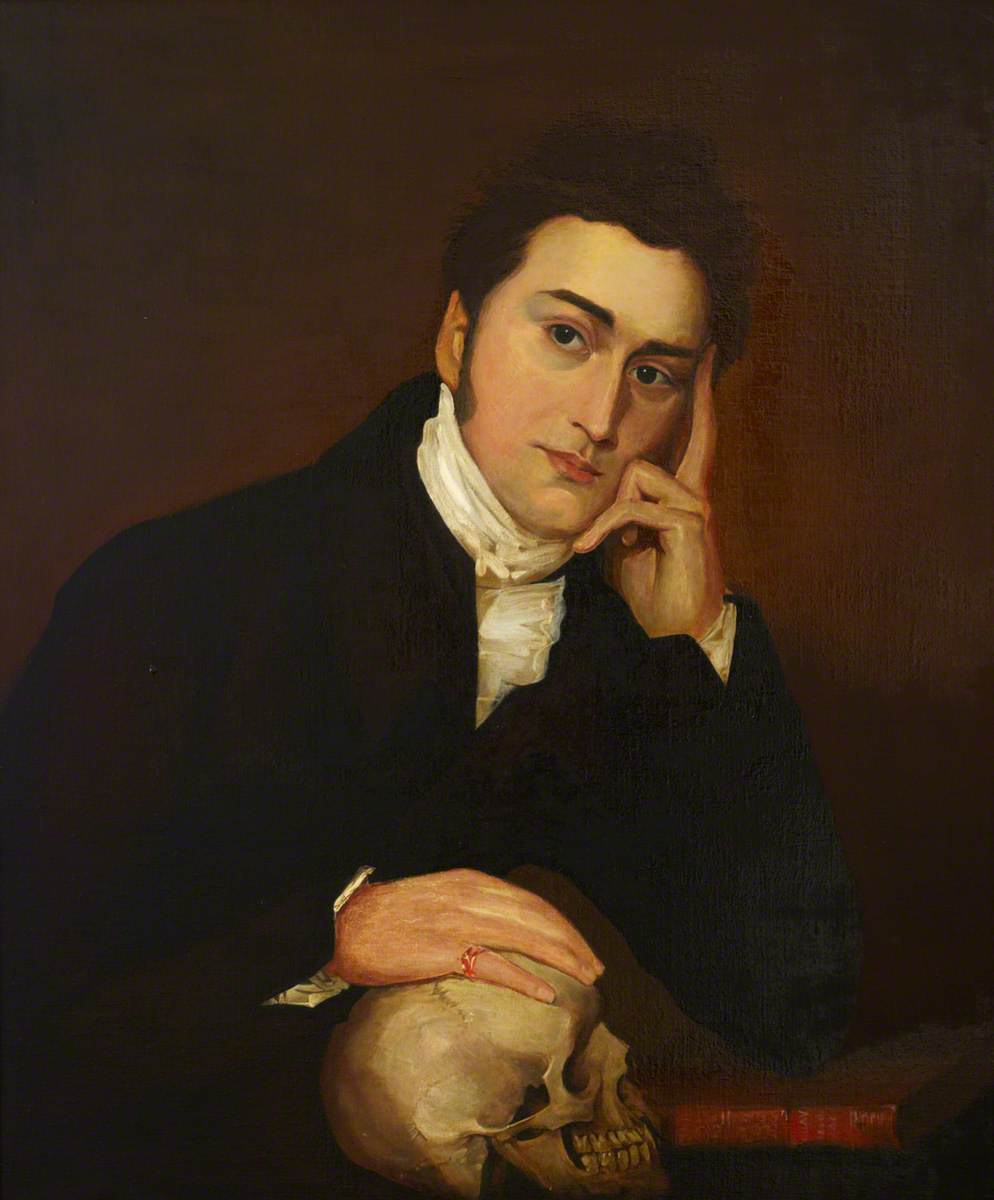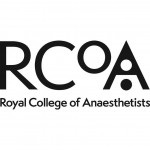How you can use this image
This image is available to be shared and re-used under the terms of the Creative Commons Attribution-NonCommercial-NoDerivatives licence (CC BY-NC-ND).
You can reproduce this image for non-commercial purposes and you are not able to change or modify it in any way.
Wherever you reproduce the image you must attribute the original creators (acknowledge the original artist(s) and the person/organisation that took the photograph of the work) and any other rights holders.
Review our guidance pages which explain how you can reuse images, how to credit an image and how to find more images in the public domain or with a Creative Commons licence available.
DownloadNotes
Add or edit a note on this artwork that only you can see. You can find notes again by going to the ‘Notes’ section of your account.
Henry Hill Hickman was a young Shropshire-born country doctor. He conceived, practised and promoted pain-free surgery, though its after-effects on the partially asphyxiated animals he mutilated were less benign. Hickman advocated what he called 'suspended animation' (general aneasthesia) for surgery on humans as well. He had the right idea about inhalation anaesthesia but picked the wrong agent. Carbon dioxide can indeed induce unconsciousness, but the gas often induces panic attacks. Worse, in larger quantities it can easily kill. In 1826, Hickman's work was savaged in an article in 'The Lancet' entitled 'Surgical Humbug'. Wounded but unbowed, Hickman decided to try his luck abroad. In 1828 he went to Paris and presented a paper to Bourbon King Charles X.
Title
Henry Hill Hickman (1800–1830)
Medium
oil on canvas
Measurements
H 77.5 x W 64.5 cm
Accession number
RCOA53
Work type
Painting


